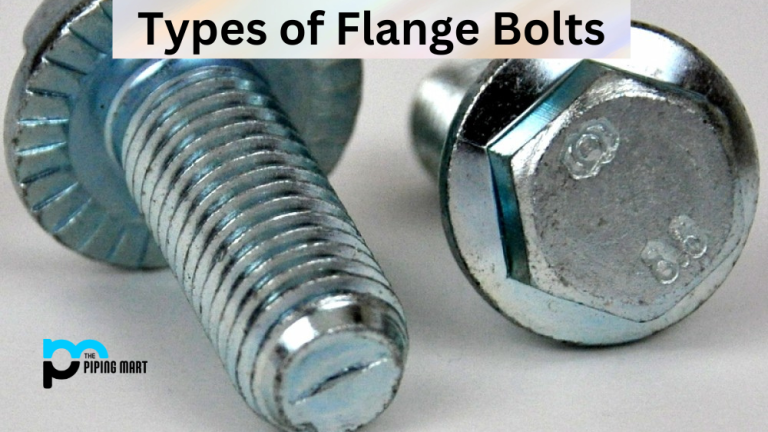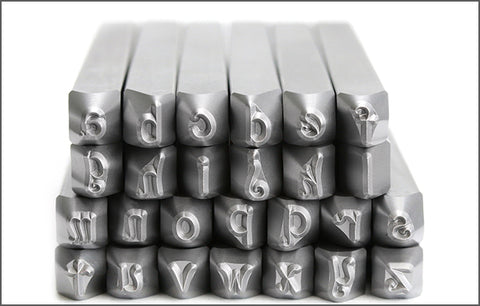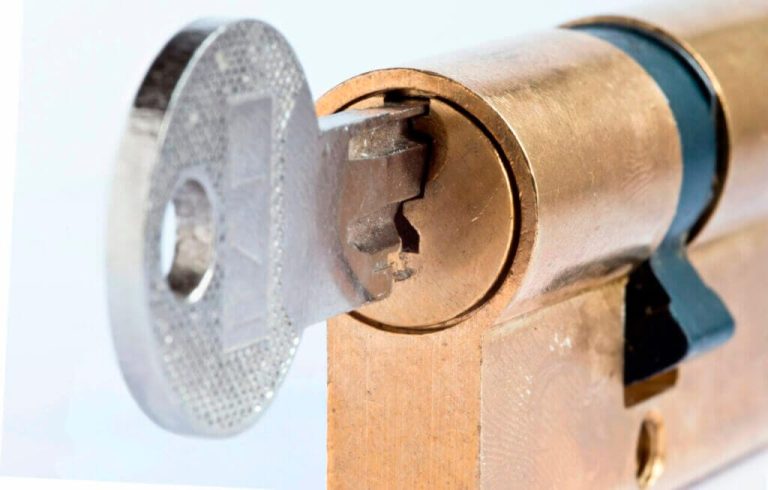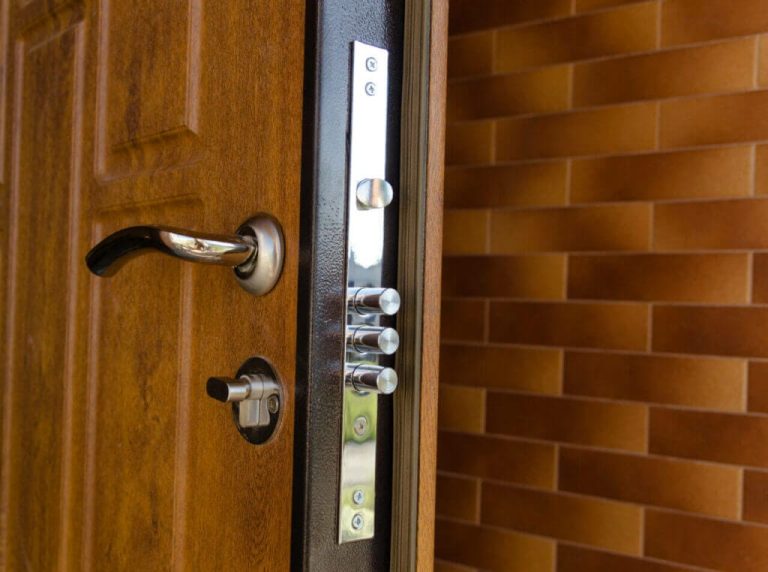Valves: Essential Components for Fluid Control and Infrastructure Safety
Valves play a critical role in controlling the flow and pressure of fluids in industrial, commercial, and residential systems. Their functionality is equally important in construction projects, where they are used in tandem with geogrids to manage water flow and ensure soil stability. A thorough understanding of valve types and their applications helps maintain system efficiency.

How do valves regulate fluid systems?
Valves control fluid movement by altering the size of the passage through which the fluid travels. They can be operated manually or through automated systems, depending on the needs of the application. By controlling flow and pressure, valves ensure that fluids move efficiently through systems, from household plumbing to industrial pipelines.
What are the different types of valves available?
Several types of valves are commonly used, including:
- Gate valves: Ideal for stopping or starting fluid flow.
- Ball valves: Offer quick control through a simple quarter-turn mechanism.
- Butterfly valves: Designed for precise flow control in compact spaces.
- Check valves: Ensure fluid flows in only one direction, preventing backflow.
- Globe valves: Used for regulating fluid flow, particularly in high-pressure systems.
The selection of a valve depends on the fluid’s properties and the system’s operational requirements.
How do valves support construction applications?
In construction, valves are often used to regulate water flow in drainage systems, working alongside geogrids to stabilize soil. For example, in retaining wall projects, valves control excess water that could lead to erosion, while geogrids provide reinforcement to the soil. This ensures the stability and longevity of the structure.
How do you maintain valves for effective performance?
Valves require periodic maintenance to ensure they continue to function properly. Maintenance tasks include checking for leaks, cleaning moving parts, lubricating components, and replacing seals or gaskets when necessary. Proper valve maintenance is essential in construction projects, where they work in conjunction with geogrids to ensure both water management and structural stability.



